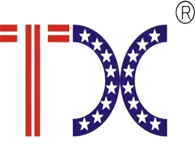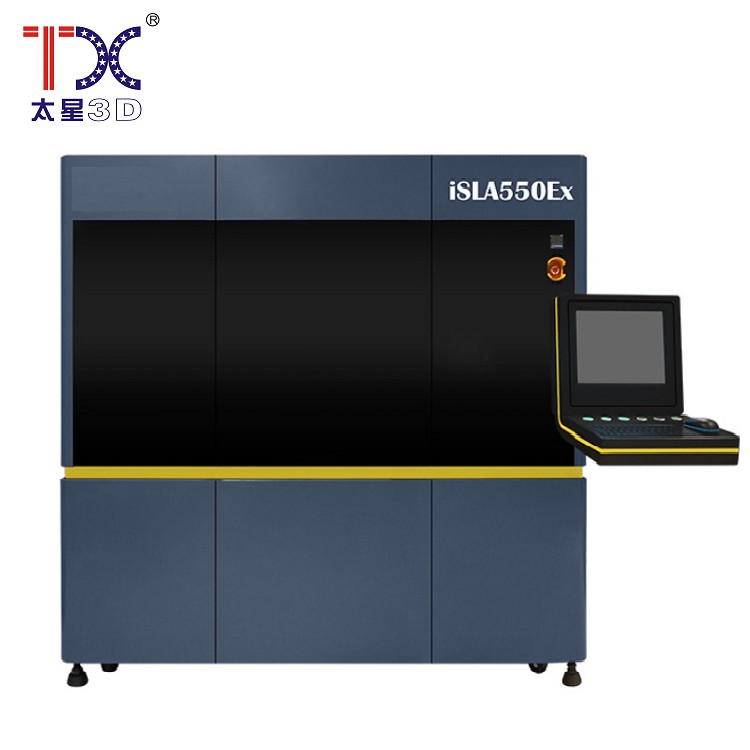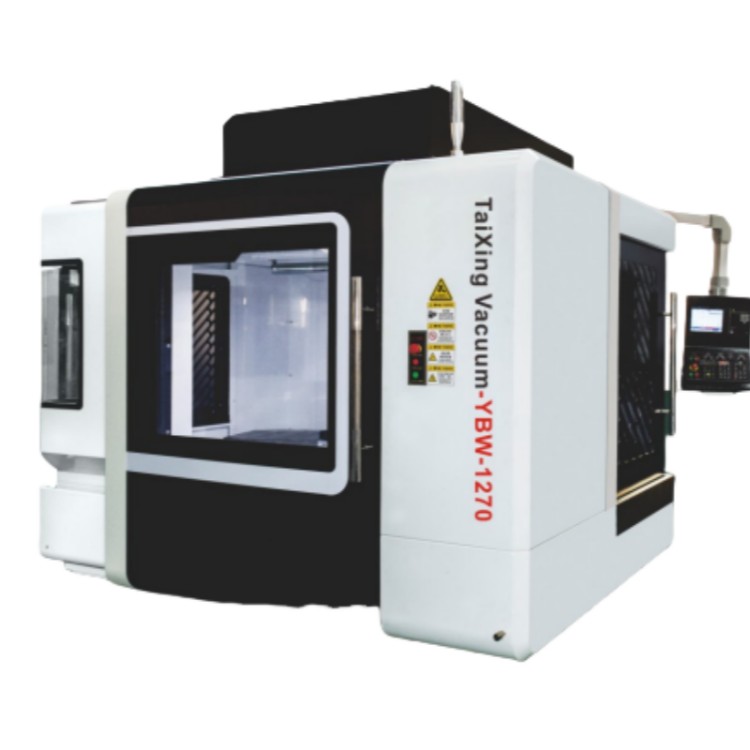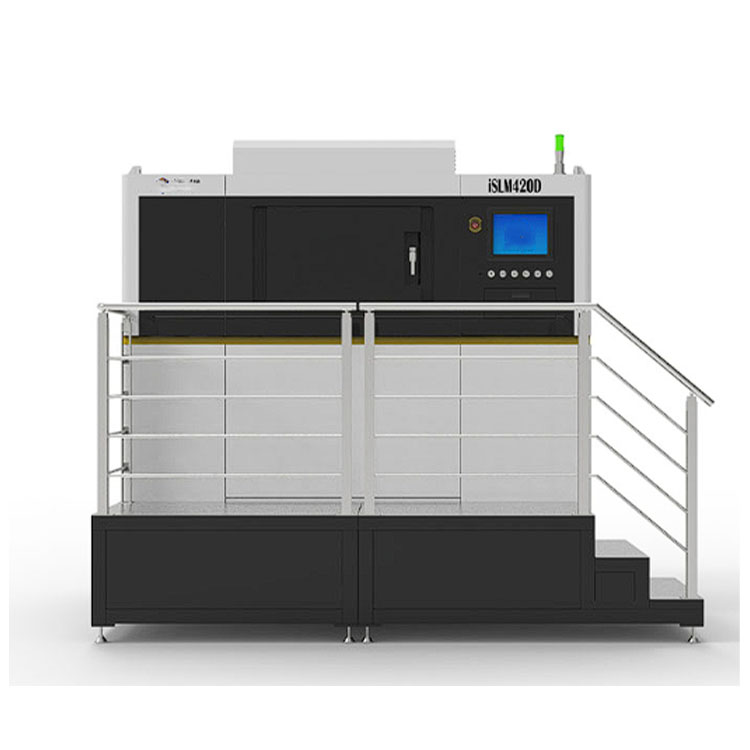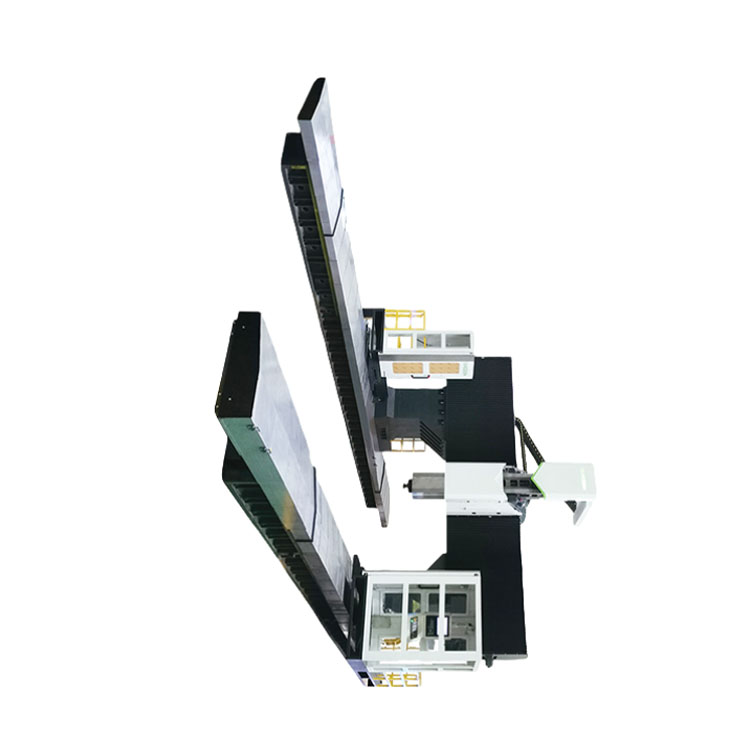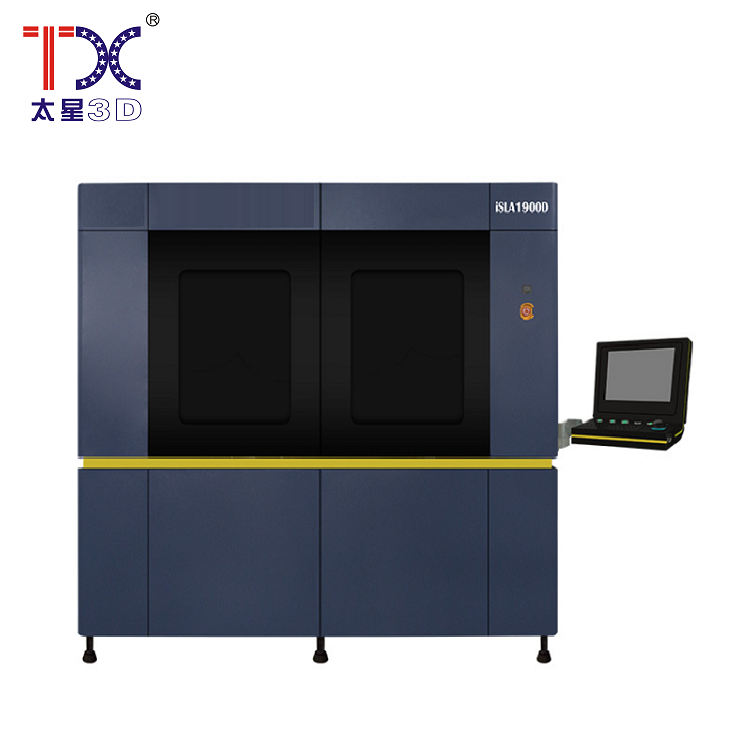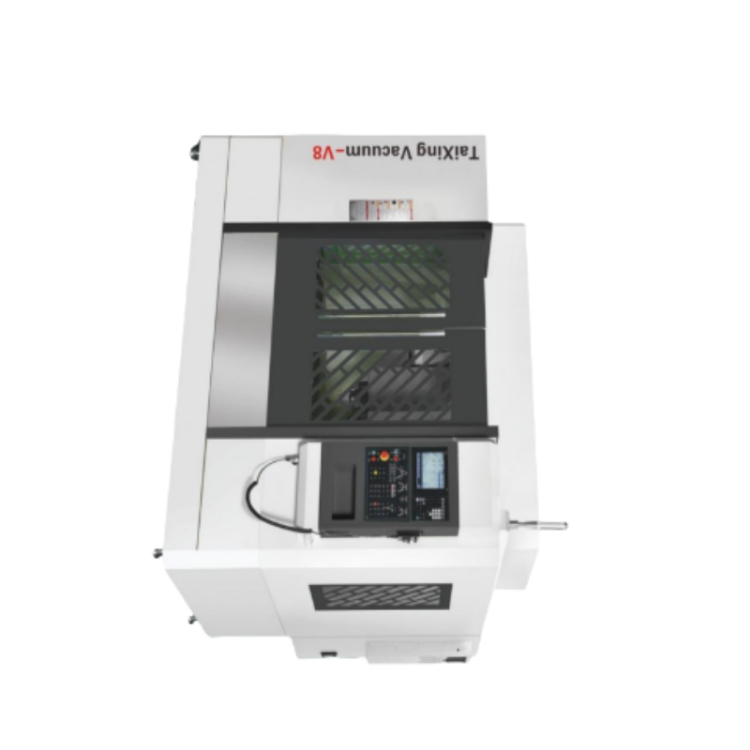
CNC machine 2 axial
CNC machine 2 axial
Modern CNC machines (numerical management) have become indispensable assistants in production, from furniture to create complex parts for cars. Among them, 2 axial machines are of particular interest. Although they seem simple at first glance, they have a powerful potential for solving many problems. In fact, this is a well-trained specialist who knows how to perform only two actions-to move the tool along two axes: up and down and forth. But these two movements allow you to create surprisingly diverse forms.
The principle of operation of the 2-axial machine
Imagine a flat sheet of material - for example, metal or wood. The machine with CNC 2 axes moves a cutting tool along it, following exactly specified commands. These commands, recorded in the form of a special program, determine the exact direction and depth of the cut. Thanks to accurate control, the tool carefully cuts out or processes the desired shape. The basis of everything is the interaction of special software with the machine mechanism. The programmer, creating a program, literally draws the path of the tool on the screen.
Advantages of the 2-axial machine
Despite the limited number of axes, 2 axial machines are very functional. Their key advantage is ease of use and maintenance. Training in working with them takes less time than with multi -axis machines. Also, they often turn out to be more affordable in price, which makes them attractive to small enterprises or novice masters. They are ideal for completing tasks where accurate processing is required for two dimensions - for example, engraving, creating simple forms or cutting complex parts from flat blanks. The scope of use extends from the creation of decor elements to the manufacture of parts for furniture and prototypes.
Scope
2-axial CNC machines are indispensable assistants in many areas of production. They are used in the manufacture of furniture elements, for example, decorative panels. They can also be seen in advertising production - to create signs, signs and design elements. In small workshops and workshops, they allow you to create a variety of prototypes and models. They allow you to quickly and accurately create simple, but necessary details, while not requiring special skills in more complex machines.
AppropriateProducts
Corresponding products
The best soldproducts
The best -selling products-
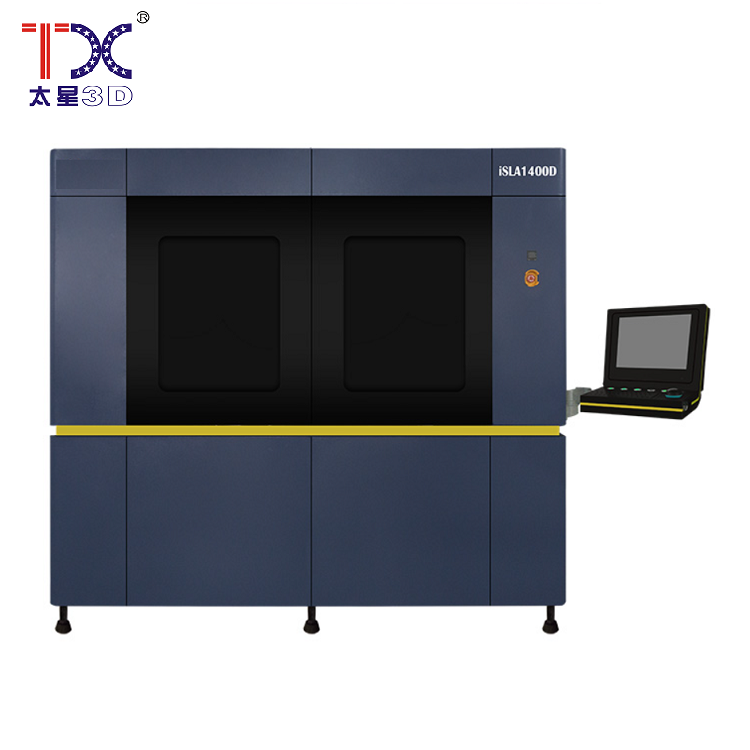 Taisin Light-adopted 3D printer SLA1300D
Taisin Light-adopted 3D printer SLA1300D -
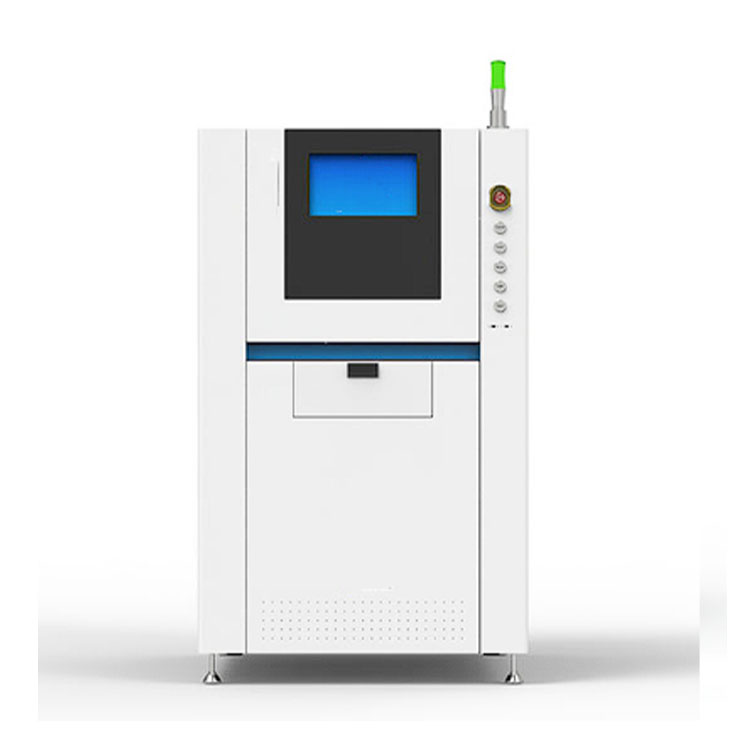 Taisin Metal 3D printer IDEN160
Taisin Metal 3D printer IDEN160 -
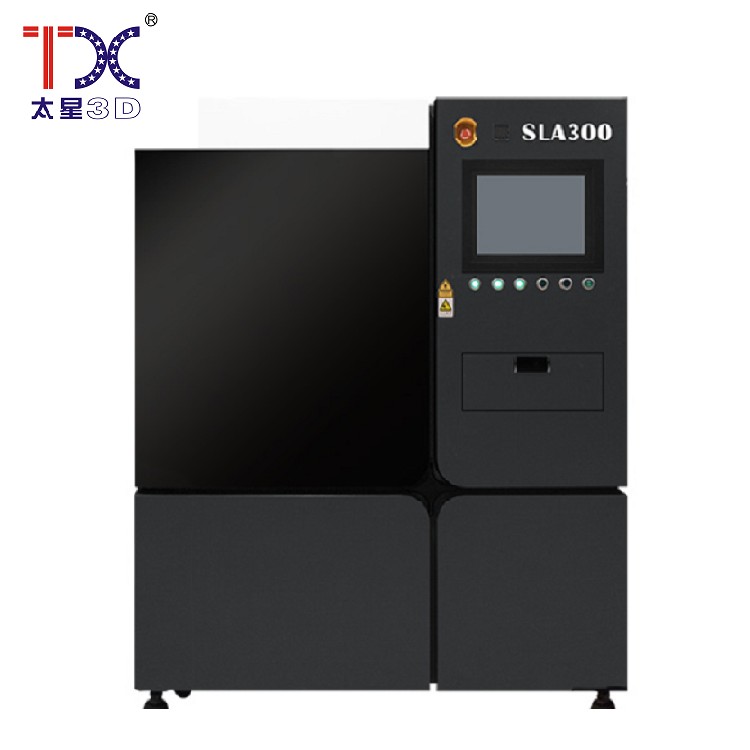 Taisin Light-adoptive 3D printer SLA300
Taisin Light-adoptive 3D printer SLA300 -
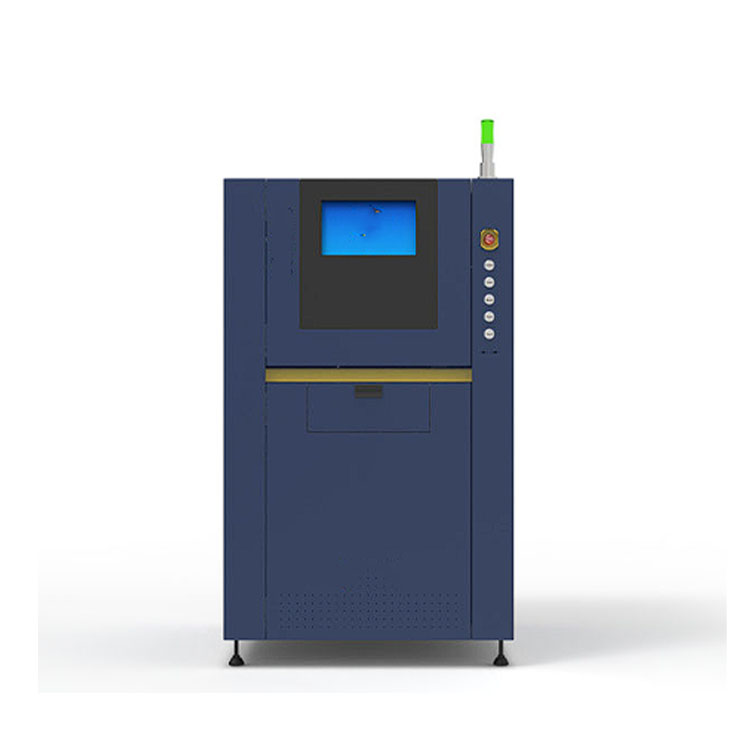 Taisin Metal 3D printer SLM160
Taisin Metal 3D printer SLM160 -
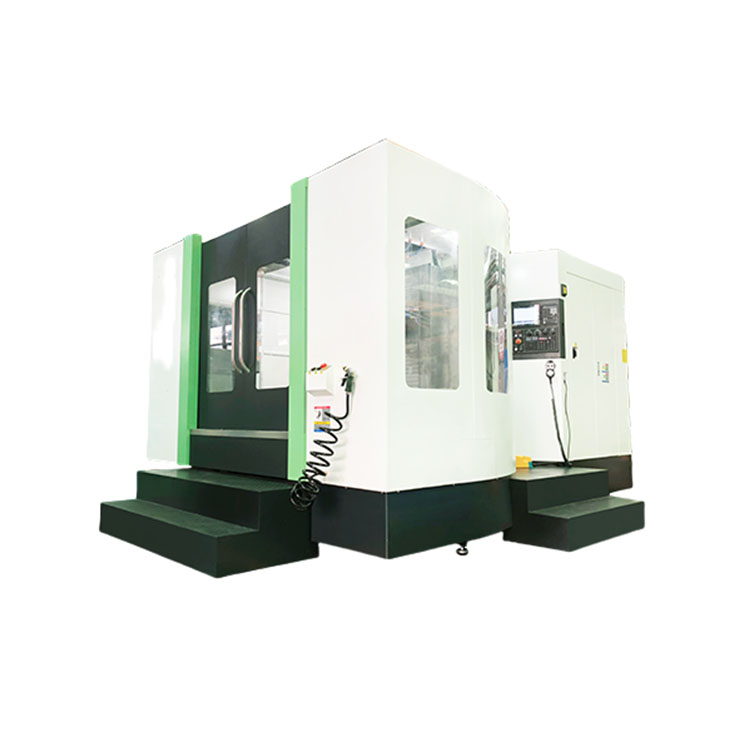 Taisin horizontal processing center with CNC High accuracy HMC TXHD-630
Taisin horizontal processing center with CNC High accuracy HMC TXHD-630 -
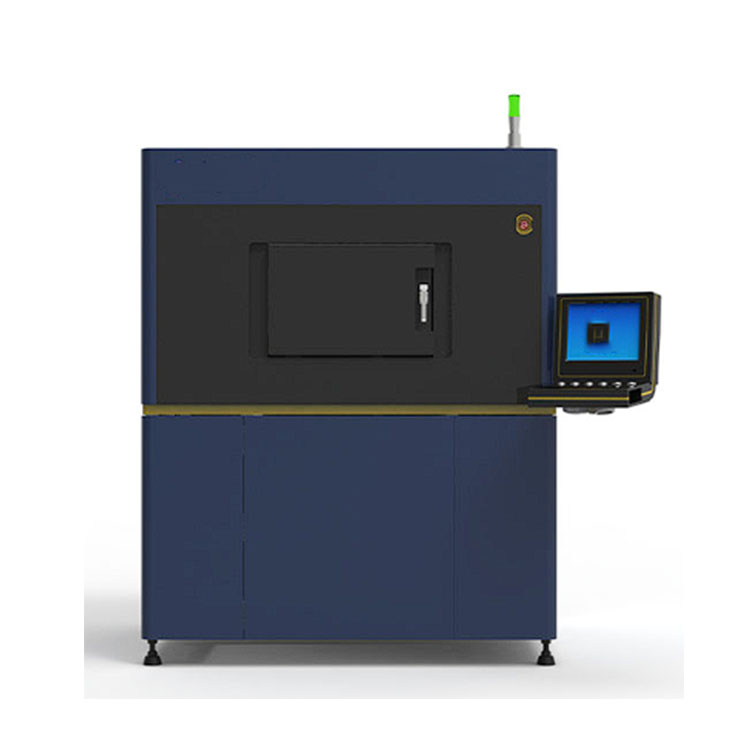 Taisin Metal 3D printer SLM280
Taisin Metal 3D printer SLM280 -
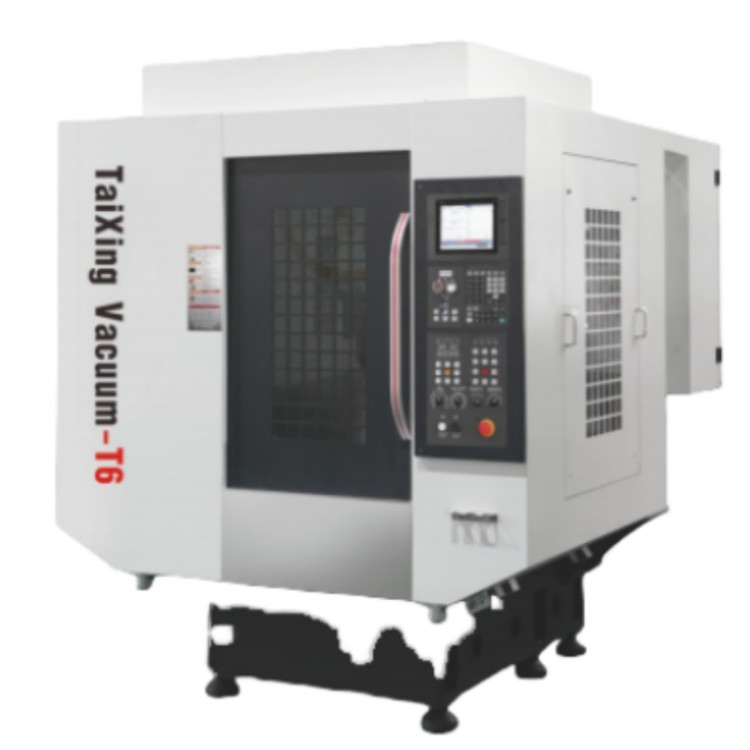 Taisin high-speed drilling and threaded machine TX-T6
Taisin high-speed drilling and threaded machine TX-T6 -
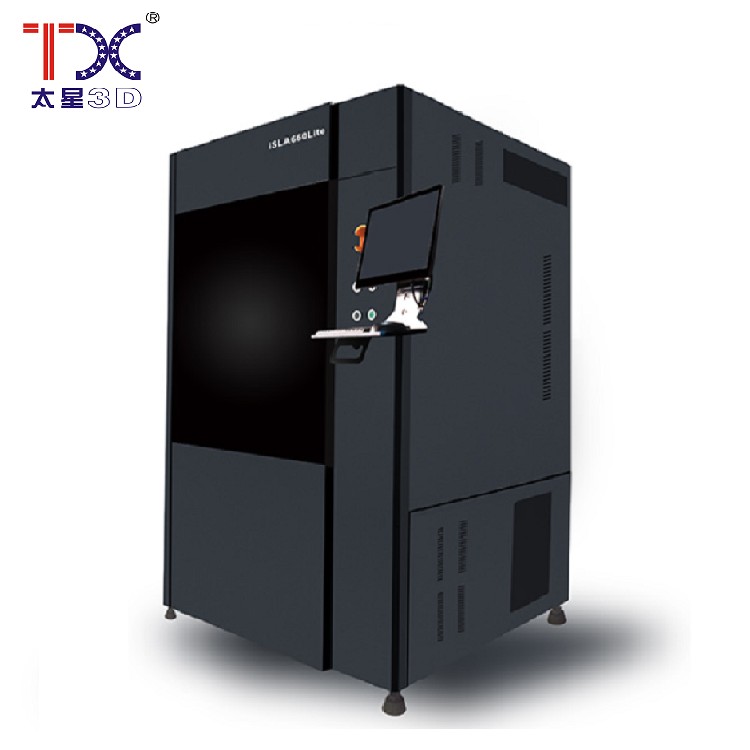 Taisin Light-adopted 3D printer SLA660Lite
Taisin Light-adopted 3D printer SLA660Lite -
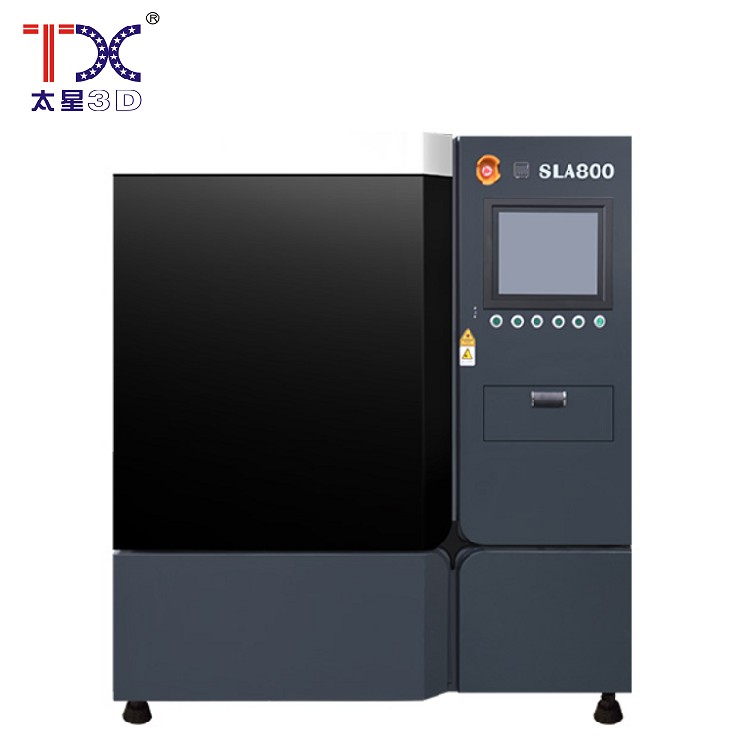 Taisin Light-adoptive 3D printer SLA800
Taisin Light-adoptive 3D printer SLA800 -
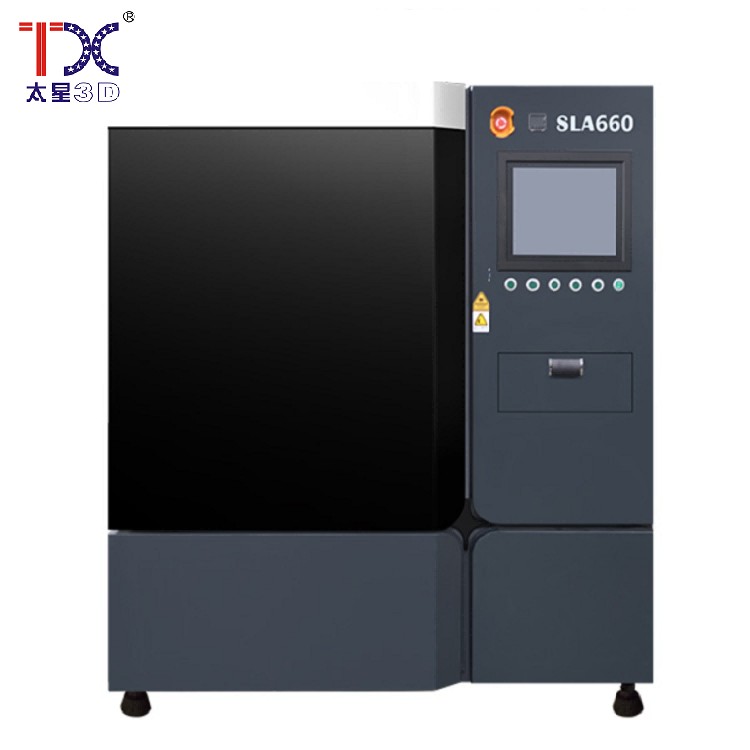 Taisin Light-adopted 3D printer SLA660
Taisin Light-adopted 3D printer SLA660 -
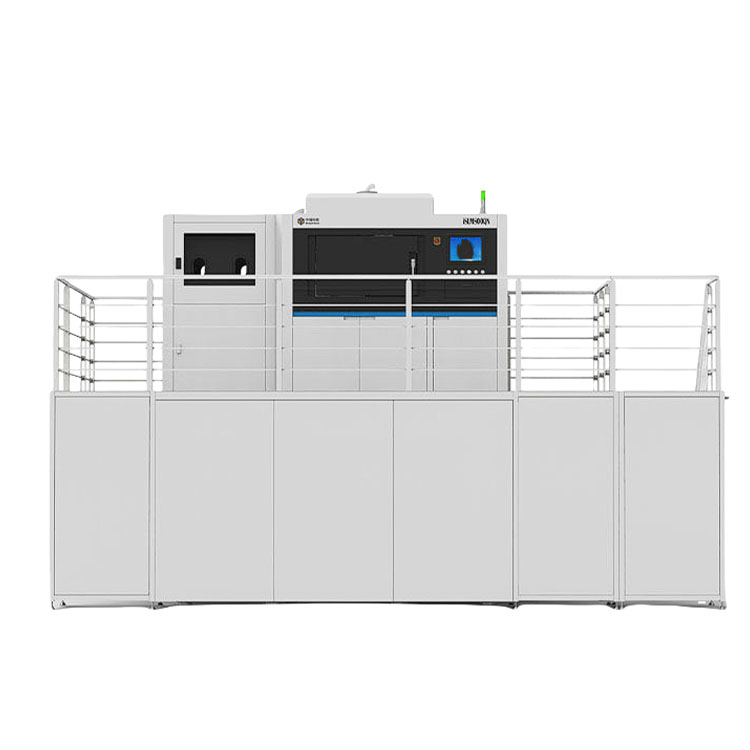 Taisin Metal 3D printer ISLM600QN
Taisin Metal 3D printer ISLM600QN -
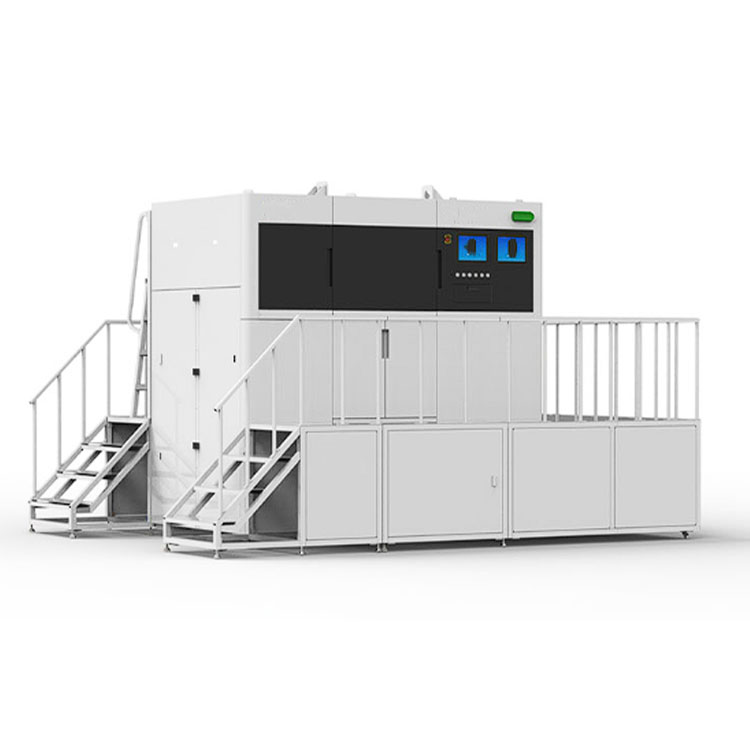 Taisin Metal 3D printer ISLM500D
Taisin Metal 3D printer ISLM500D
Connectedsearch
Related search- Calibration of a 3D printer
- SolidWorks factories in China
- Cheap factories STL files
- Cheap 5-axial processing centers factories
- OEM supplier good 5-axis processing centers with CNC
- Cheap desktop 3D printer manufacturer
- Suppliers of engineering plastics in China
- Metal powders
- Chinese manufacturers of 4-axis CNC milling machines
- Cheap cultural and creative 3D prints of suppliers
